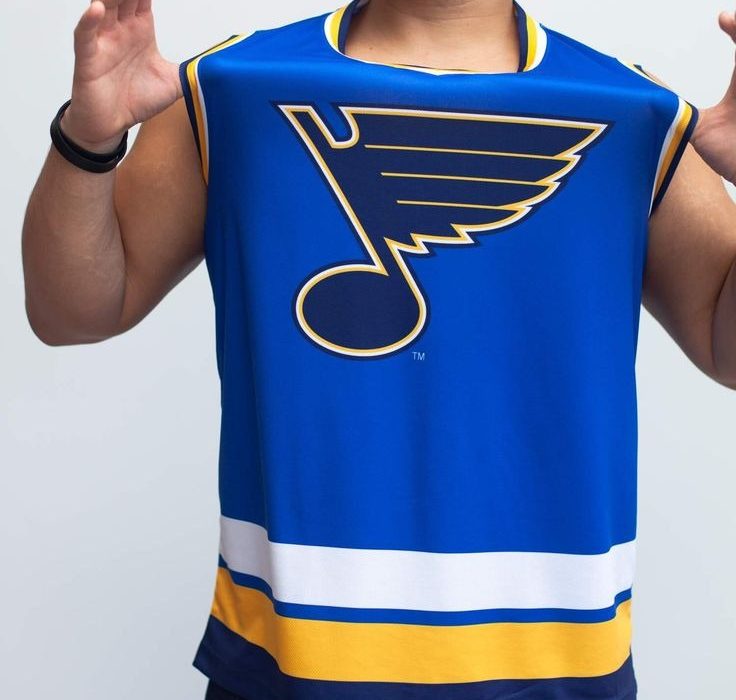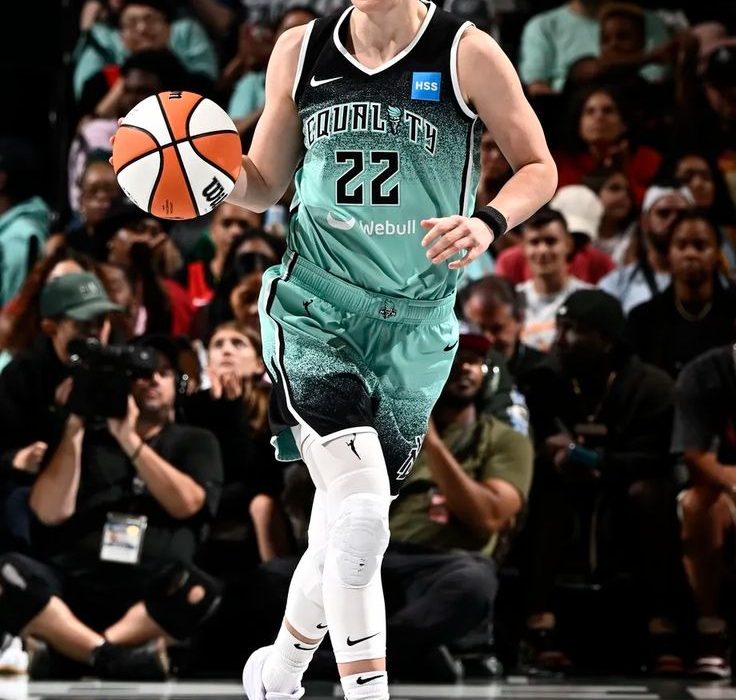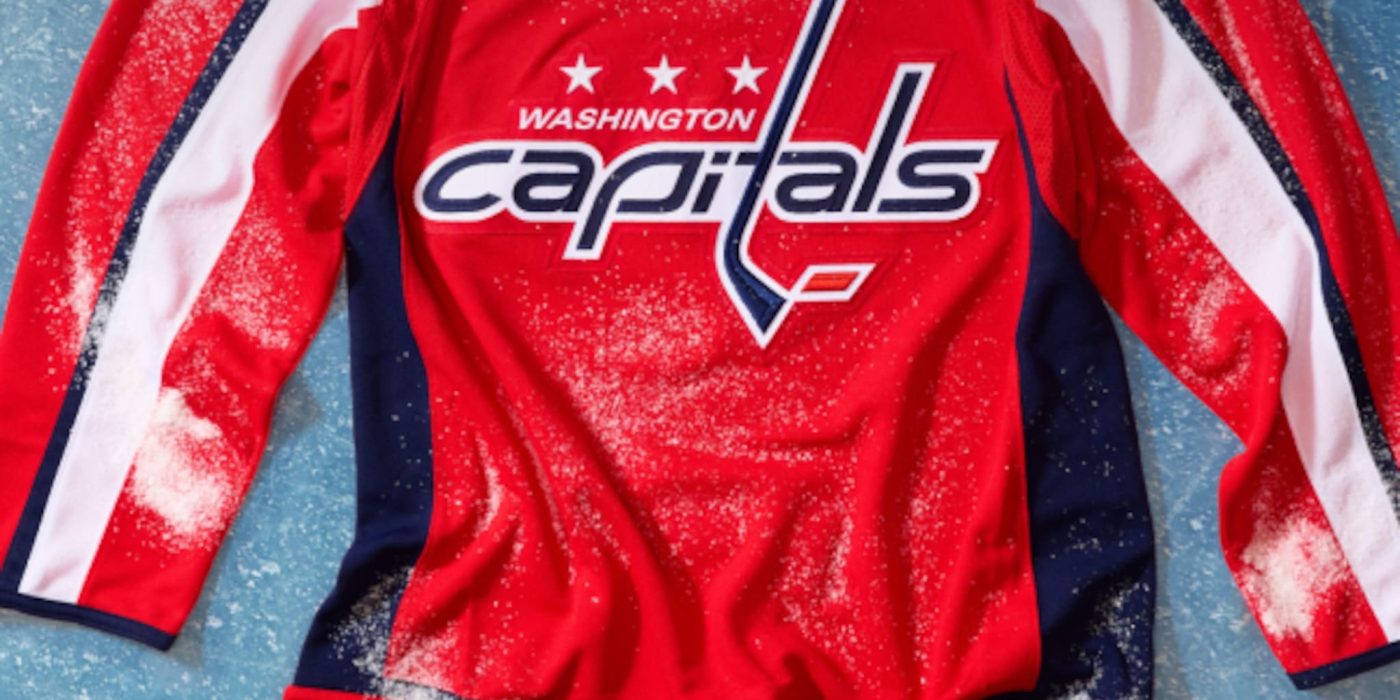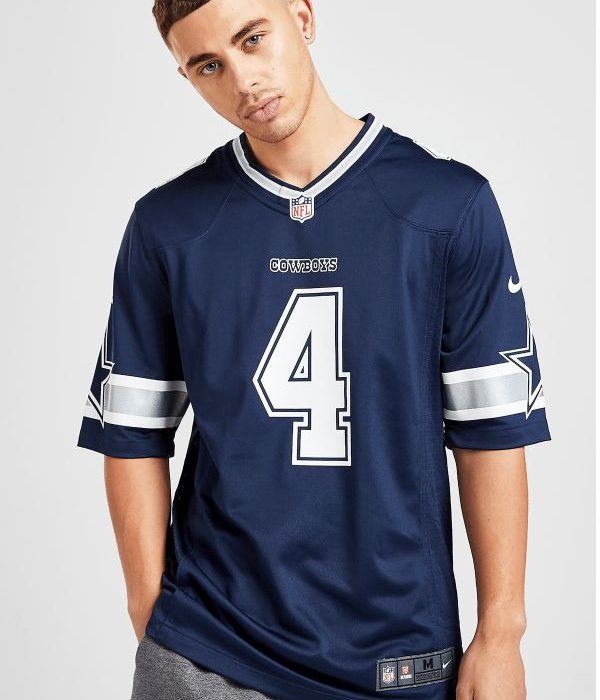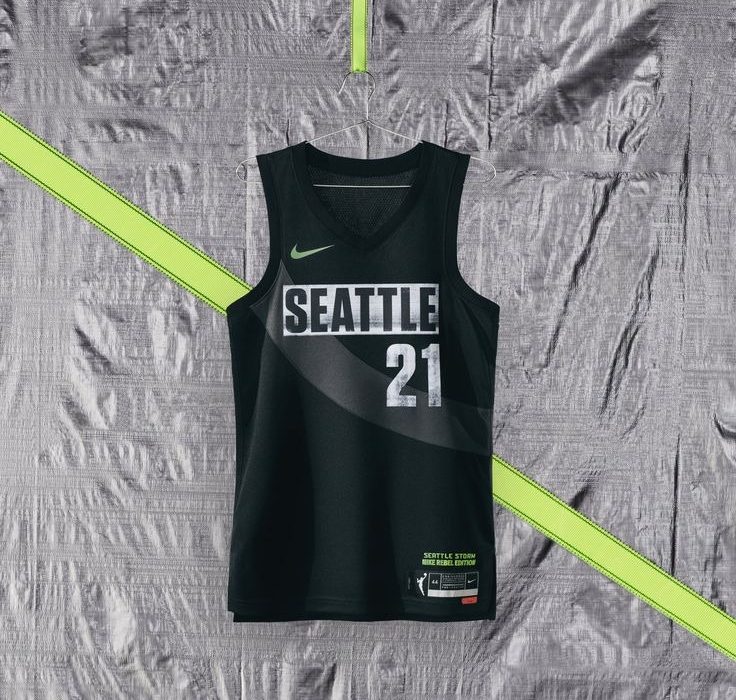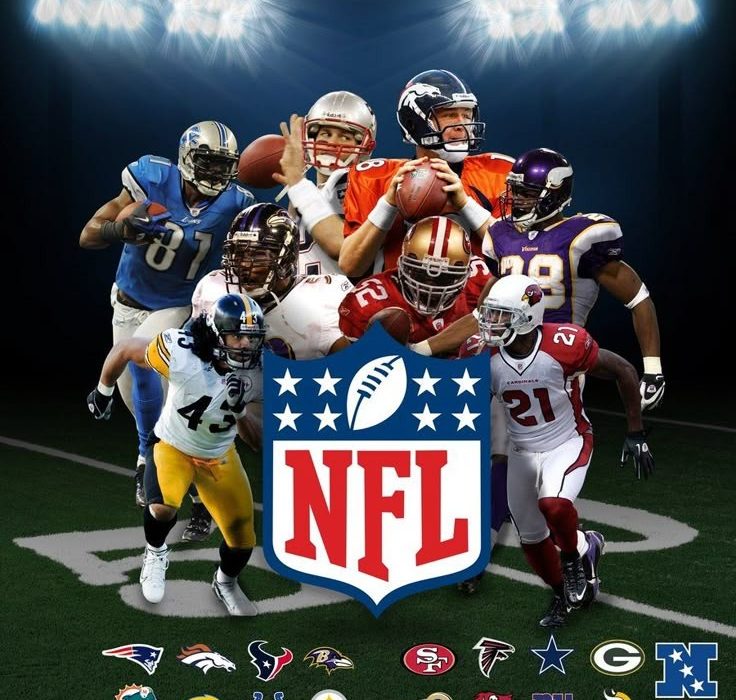Create Your Own Dream Jersey: A Step-by-Step Guide
Create Your Own Dream Jersey: A Step-by-Step Guide is an exciting journey that allows sports fans, athletes, and design enthusiasts to craft a personalized piece of apparel that reflects their unique style and passions. Whether you’re looking to support your favorite team, commemorate a special event, or simply express your creativity, designing your own jersey offers a fulfilling way to bring your vision to life. This comprehensive guide will walk you through each stage of the process, from conceptualizing your design to choosing materials and finally creating a professional-quality jersey that you’ll be proud to wear.
In this article, we’ll explore everything you need to know about creating your own dream jersey with detailed insights, practical tips, and creative ideas. Whether you’re a beginner or someone with a bit of experience in design or apparel creation, this step-by-step approach will help you make informed decisions and realize your perfect jersey.
Understanding the Basics of Custom Jerseys
Before diving into the design process, it’s essential to understand what custom jerseys are, the different types available, and the benefits of creating one yourself. This foundational knowledge will serve as the bedrock for your customized jersey journey.
Custom jerseys are garments tailored specifically to suit individual preferences, often featuring personalized colors, logos, text, and patterns. They are widely popular among sports teams, fans, and even corporate organizations seeking a unified appearance.
The main types of jerseys include:
- Sports Jerseys: Designed for athletic performance, often made of moisture-wicking fabrics.
- Casual Jerseys: Fashion-forward pieces that emphasize style over function.
- Commemorative Jerseys: Special editions for events, anniversaries, or personal milestones.
Benefits of Creating Your Own Dream Jersey
Creating your own jersey provides several advantages that go beyond mere aesthetics. These include:
- Personal Expression: Showcase your personality, interests, or team loyalty.
- Unique Design: Stand out from mass-produced jerseys with a one-of-a-kind piece.
- Sentimental Value: Commemorate memorable moments or achievements.
- Quality Control: Select premium materials and craftsmanship for durability and comfort.
- Potential for Investment: Well-designed jerseys can become collectibles over time.
Understanding these fundamentals will enable you to approach your project with clarity, enthusiasm, and informed expectations.
Planning Your Custom Jersey Design
A well-thought-out plan is the cornerstone of creating your dream jersey. This phase involves brainstorming ideas, selecting themes, and setting clear objectives for your design. The more detailed your planning, the smoother the subsequent steps will be.
Begin by asking yourself critical questions:
- What purpose will this jersey serve? (e.g., personal use, team uniform, gift)
- What themes or motifs do I want to incorporate? (e.g., favorite team colors, personal symbols)
- Who is the target audience or wearer?
- What budget am I working with?
- What timeline do I have for completion?
Having clear answers to these questions helps streamline your choices and align your design with your goals.
Brainstorming and Inspiration Gathering
Start collecting inspiration from various sources like sports team kits, fashion trends, art, and pop culture. Use platforms such as Pinterest, Instagram, or design blogs to compile visuals that resonate with your aesthetic. Pay attention to color schemes, typography styles, and graphic elements.
Create mood boards or sketches to visualize how different elements will come together. Incorporate personal touches such as favorite colors, meaningful symbols, or slogans that embody your identity.
Defining the Style and Theme
Once you have gathered sufficient inspiration, define the overall style of your jersey. Do you prefer a sporty look, retro vibe, modern minimalism, or vibrant graphics? Establishing a theme ensures consistency throughout the design.
For instance, if you’re creating a jersey to support a local team, consider incorporating official logos, team colors, and player numbers. If it’s a fashion piece, focus on contemporary patterns, bold fonts, and trendy fabric choices.
Setting a Budget and Timeline
Your budget will influence material quality, printing options, and complexity of design. Set realistic financial parameters to avoid overspending. Research costs for custom printing, embroidery, and shipping if ordering online.
Likewise, establish a timeline that accounts for designing, ordering, and delivery. Planning ahead prevents last-minute rushes and ensures your jersey is ready when needed.
Designing Your Jersey: From Concept to Creation
After planning, the next vital phase is the actual design process. This stage involves translating ideas into digital formats or sketches that can be used for production. There are various tools and methods to achieve professional results, whether you opt for software or traditional drawing techniques.
The key aspects of jersey design include selecting colors, layout, typography, logos, and decorative elements. Properly balancing these components will produce a cohesive and eye-catching final product.
Choosing Colors and Patterns
Color choice is arguably the most impactful element of your jersey. It conveys mood, brand identity, and visual appeal. Consider color psychology; for example, red evokes energy and passion, while blue suggests calmness and trust.
Limit your palette to 2-4 primary colors for harmony, but feel free to experiment with gradients, camo patterns, or textured backgrounds for uniqueness.
In addition to colors, decide on patterns—stripes, chevrons, geometric shapes—that complement your theme. Remember to ensure high contrast between background and text or logos for readability.
Typography and Lettering
Typography adds personality and clarity to your jersey. Select font styles that match your overall theme—bold block letters for a sporty look or script fonts for elegance.
Pay attention to size, spacing, and placement of player names or slogans. Consistency is key; avoid overcrowding the design with too many font types or excessive text.
Logos, Graphics, and Embellishments
Logos and graphics personalize your jersey further. You can create custom logos, upload images, or select from pre-made icons. When adding graphics, consider symmetry, alignment, and relevance to your theme.
Embroidery and embellishments such as patches, rhinestones, or metallic accents can elevate your design. Choose high-quality printing techniques like sublimation or screen printing for durability and vibrant colors.
Using Digital Design Tools
Popular design software includes Adobe Photoshop, Illustrator, CorelDRAW, or free alternatives like Canva and GIMP. These tools allow precise control over design elements and output files suitable for printing.
If you’re less experienced, numerous online jersey customization platforms offer user-friendly interfaces with templates, drag-and-drop features, and real-time previews.
Selecting Materials and Printing Techniques
With your design finalized, selecting appropriate materials and printing methods is crucial for achieving a professional finish that matches your vision and budget.
Materials impact comfort, durability, and appearance. Typical options include polyester, cotton blends, or specialized performance fabrics.
Printing techniques influence the vibrancy and longevity of your jersey’s design. Common methods include sublimation, screen printing, embroidery, and heat transfer.
Fabric Choices and Their Impact
- Polyester: Preferred for sports jerseys due to moisture-wicking properties, lightweight feel, and ease of printing.
- Cotton: Offers softness and breathability but less durable for active use.
- Blends: Combining polyester and cotton provides balance between comfort and performance.
Consider environmental factors, intended use, and personal preference when choosing fabric types.
Printing Methods in Detail
- Sublimation Printing: Ideal for vibrant, all-over designs on polyester fabrics. The ink infuses into fibers, resulting in durable, high-quality images.
- Screen Printing: Suitable for bold, simple designs with thick inks. Economical for bulk orders.
- Embroidery: Adds texture and a premium touch, perfect for logos or initials.
- Heat Transfer: Flexible for small runs and complex images but less durable over time.
Match your design requirements with the appropriate technique to ensure longevity and visual appeal.
Cost and Durability Considerations
Each method varies in cost, production time, and durability. For example, sublimation tends to be more expensive but yields vivid images, while embroidery incurs higher setup costs but lasts longer.
Balance your budget with your expectations for wear and washing resistance.
Finalizing and Producing Your Dream Jersey
Once you’ve chosen your materials and printing method, it’s time to prepare your files for production and choose a reliable manufacturer or print shop.
Before placing an order, double-check your design for errors, proper sizing, and color accuracy. Request samples or proofs when possible to verify quality.
Preparing Files for Printing
Ensure your design files meet the specifications of your chosen printer, typically in high-resolution formats like PNG, PDF, or AI files. Use CMYK color mode for accurate color reproduction.
Label layers clearly, include bleed areas, and confirm that fonts are converted to outlines to prevent font issues.
Finding Reliable Manufacturers or Print Shops
Research online reviews, ask for recommendations, or visit local print shops specializing in apparel customization. Verify their capabilities, turnaround times, and pricing.
Request samples of previous work to assess quality. Communicate your specifications clearly, including fabric type, size, and finishing details.
Ordering and Delivery Process
Place your order well in advance to account for production and shipping times. Confirm all details beforehand to avoid costly reprints.
Track your shipment and inspect the finished product upon arrival. Check for print clarity, stitching quality, and fabric integrity.
Maintaining and Showcasing Your Custom Jersey
Your journey doesn’t end once your dream jersey arrives. Proper care extends its lifespan and keeps it looking vibrant.
Care Instructions for Longevity
- Wash inside out in cold water to preserve colors.
- Avoid bleach and harsh detergents.
- Air-dry instead of tumble drying to prevent fabric shrinkage.
- Store in a cool, dry place to prevent fading or damage.
Proper maintenance ensures your jersey remains a cherished item for years to come.
Showcasing and Wearing Your Custom Jersey
Wear your jersey proudly at sporting events, casual gatherings, or as part of a themed outfit. Share photos on social media to showcase your design skills and inspire others.
Consider framing a special edition jersey or creating a display to highlight your creative achievement.
Sharing Your Experience
Document your design process, challenges faced, and lessons learned. Joining online communities or forums can provide feedback, encouragement, and ideas for future projects.
Your story can motivate others to pursue their own custom jersey endeavors, fostering a community of passionate creators.
Conclusion
Creating Your Own Dream Jersey is an inspiring blend of creativity, technical skill, and personal expression. From understanding fundamental concepts to meticulous planning, designing with precision, selecting the right materials, and bringing your vision to life through professional printing, each step plays a vital role in producing a masterpiece that represents you. Remember that patience and attention to detail are key, and don’t hesitate to seek advice or collaborate with experts. Ultimately, your customized jersey becomes more than just apparel; it embodies your personality, dedication, and passion—something truly worth celebrating.
Final Thoughts
Whether you’re crafting a jersey to support your favorite team, commemorate a milestone, or simply indulge in your creative side, the process is both rewarding and empowering. By following this step-by-step guide, you can confidently navigate each phase and produce a high-quality, personalized piece that stands out. So, get inspired, plan meticulously, and turn your dreams into reality—because creating Your Own Dream Jersey is an adventure that combines artistry with self-expression, making every stitch and color choice uniquely yours.

